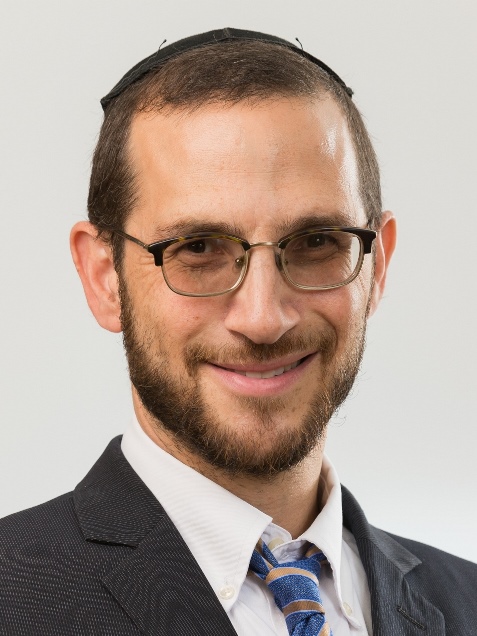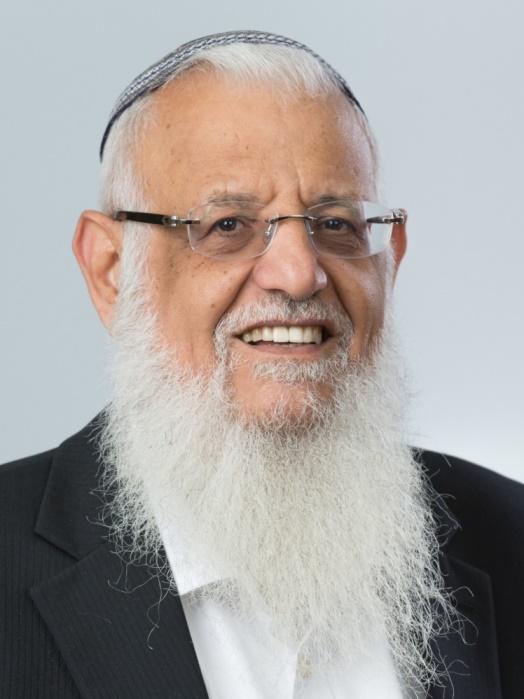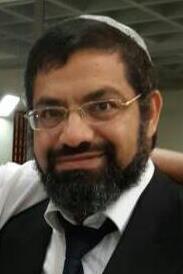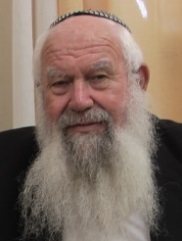Dual Aspect of Shabbos
By: Rav Shalom Rosner
The mefarshim tell us that the reason the first two aliyos of Parashas Ki Sisa are very long and the remaining five are relatively short is because we don’t want to a Yisrael to be called for an aliyah when we read about Chet HaEigel. Therefore, the entire story of the Eigel is covered in the two first aliyos, for the Kohen and Levi, who didn’t partake in the sin. Immediately prior to the aliya of Sheini the Torah reiterates the laws relating to Shabbos. The Aruch HaShulchan points out that Shabbos is mentioned at least seven times in the Torah, k’neged the seven days of the week.
וַיֹּאמֶר יְהוָה, אֶל-מֹשֶׁה לֵּאמֹר. יג וְאַתָּה דַּבֵּר אֶל-בְּנֵי יִשְׂרָאֵל, לֵאמֹר, אַךְ אֶת-שַׁבְּתֹתַי, תִּשְׁמֹרוּ: כִּי אוֹת הִוא בֵּינִי
וּבֵינֵיכֶם, לְדֹרֹתֵיכֶם--לָדַעַת, כִּי אֲנִי יְהוָה מְקַדִּשְׁכֶם (לא:יב-יג)
The Kesav v’HaKabbalah, Rav Meklenburg, highlights a discrepancy in the tenses used in this pasuk. The pasuk first uses the plural “שַׁבְּתֹתַי — my Shabbasos” and a few words later references Shabbos in the singular form - “אוֹת הִוא — it is a sign.” Rav Meklenburg, suggets that there are two aspects of rest on Shabbos. One relates to resting from physical activity, and the second relates to resting our minds from focusing on mundane matters and instead reflecting on spiritualty. Therefore, every Shabbos contains a double resting, one physical and the other mental. The first aspect, the physical resting, is not the ultimate goal. That’s only the first step, meant to lead to part two, which is the ultimate: when we focus on spiritual matters. The physical rest is just a means to achieve the end of resting mentally.
Yet both aspects of rest form one unit, the concept of what Shabbos is about, and that is why אות is in the singular form. Perhaps this is what Chazal meant when they said if the Jews would keep two Shabbasos they would be redeemed immediately. The reason Chazal state we need to observe two Shabbasos and not one is because they are referring to these two aspects of Shabbos (physical and mental), which is essentially the ultimate fulfillment of Shabbos observance.
To add an additional thought on Shabbos, The Slonimer Rebbe in Nesivos Shalom 4 points out that the three Shemoneh Esrehs of Shabbos share a phrase, with one differing word. On Friday night we say “וינוחו בה,” on Shabbos day we say “וינוחו בו,” and at Minchah we say “וינוחו בם.” The Shlonimer Rebbe explains that Shabbos is likened to a wedding between Hakadosh Baruch Hu and Am Yisrael. Every Shabbos we get remarried to Hakadosh Baruch Hu. Friday night is the kiddushin, as we say, “אתה קדשת,” Shabbos day is the chuppah, and we say, “ישמח משה במתנת חלקו,” and Minchah is the yichud, as we say, “אתה אחד ושמך אחד...”
The Nesivos Shalom connects this idea to the בה, בו, and בם. The woman is the focus of kiddushin, as her status is changed through it. Therefore, we say בה on Friday night, alluding to the woman. During the chuppah, the man is the active player, as he is welcoming the bridge into his domain. Therefore, on Shabbos morning we use the masculine form - בו. Yichud is when they both come together, so the lashon is pleural — בם. When we recite these three tefillos on Shabbos may we internalize our relationship with our creator.
Shiur ID: 9379
Do you have a comment or question on the shiur?
Comment below and we'll join the discussion
Add your comments:




 (1).jpg)

.jpg)
